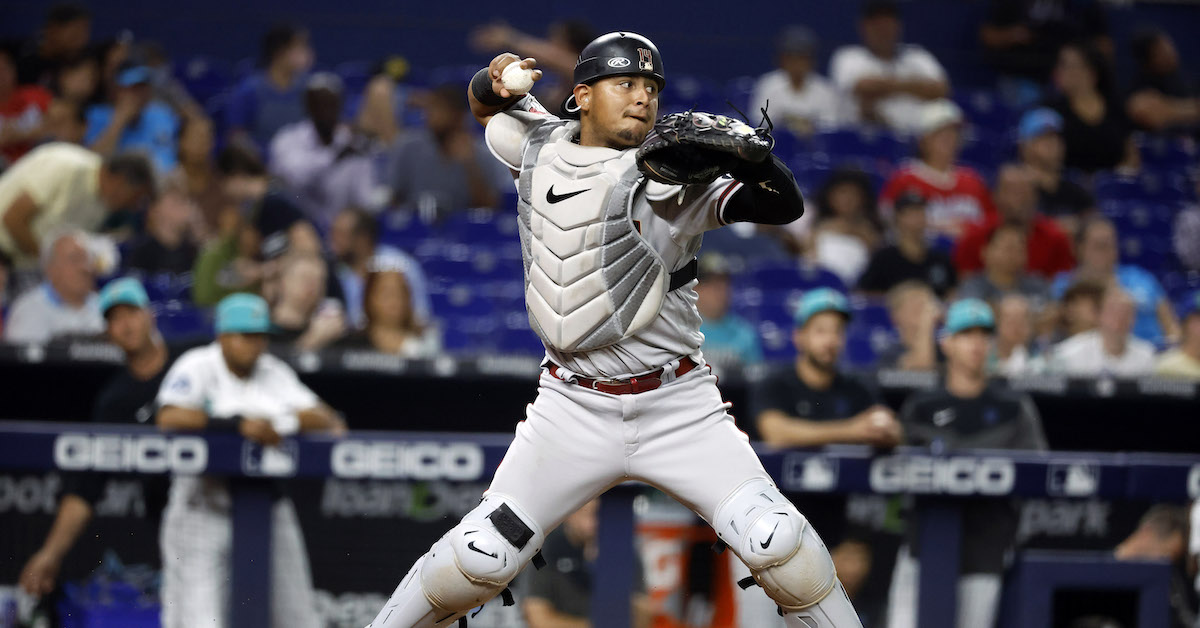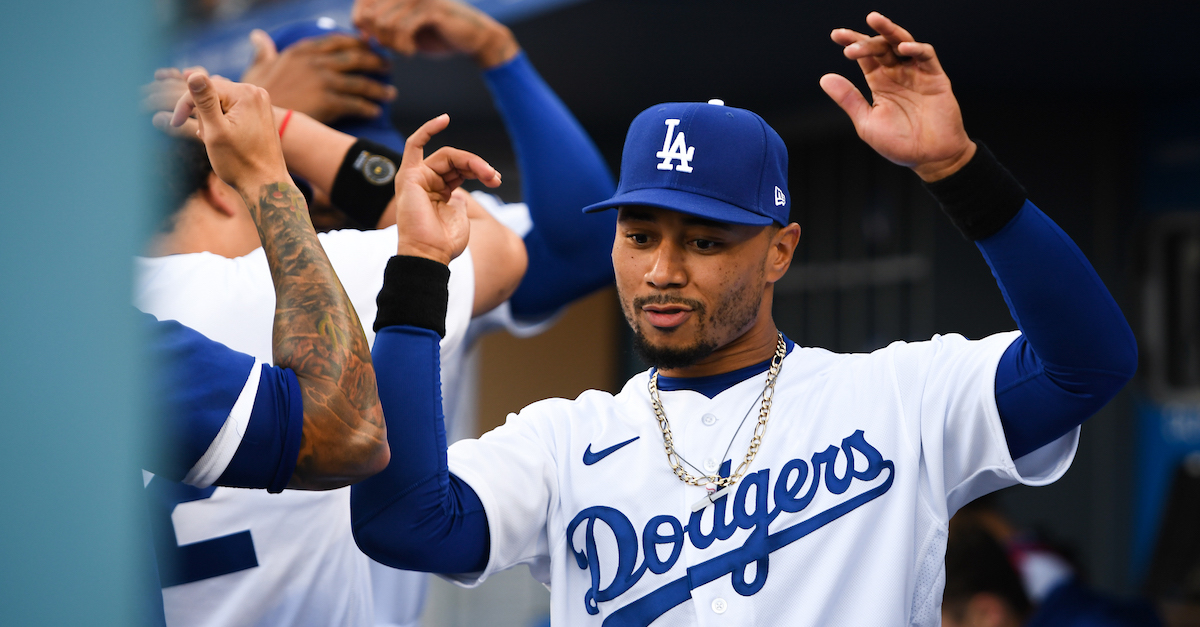Sunday Notes: Mark Gubicza Built a Bridge and Had Two Saves
Mark Gubicza was a good starting pitcher. Making all but two of his 384 big-league appearances with the Kansas City Royals, the big right-hander logged 132 wins to go with a 3.96 ERA, 42 complete games, and 16 shutouts. His best season came in 1988 when he went 20-8 with a 2.70 ERA and finished third in A.L. Cy Young balloting.
Gubicza also had two saves, both of them in 1993. That was the year he gained a true appreciation for how challenging it is to protect a late-inning lead for a teammate. How he came work out of the bullpen — something he did sparingly outside of that one season — was a matter of circumstance.
“We didn’t have a bridge to get from our starters to Jeff Montgomery,” explained Gubicza, who now serves as a TV analyst for the Angels. “The year before, my shoulder was a little sketchy, so [manager] Hal McRae asked me if I could be the bridge. At first I was hesitant, because I liked starting. But I was building back my arm strength, so I said, ‘You know what? I’ll do whatever it takes to win games. I’ll be that bridge to get to Jeff Montgomery.”
The transition was initially bumpy. Gubicza’s heart would start racing when the bullpen phone rang, and once he began warming, he would be throwing as hard as he could. Moreover, while adrenaline was telling him that he was ready, his stuff wasn’t ready. Much for those reasons, he took his lumps before figuring out what worked for him in the unfamiliar role. Read the rest of this entry »








